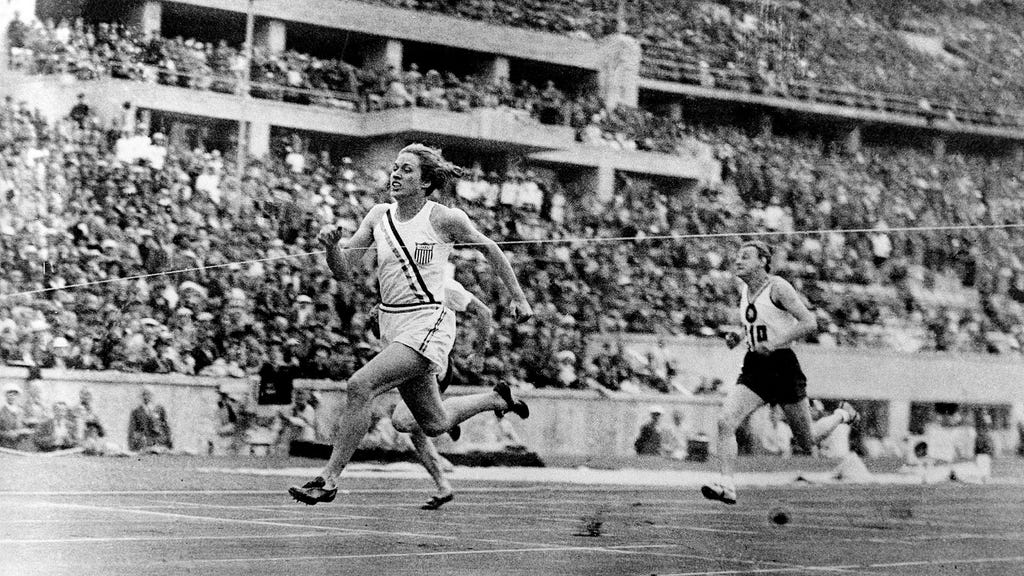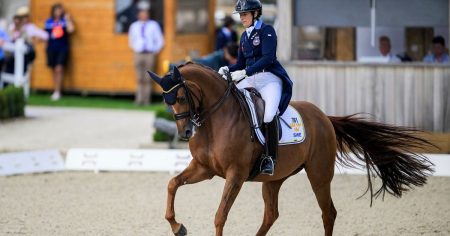The case of María José Martínez Patiño, a Spanish hurdler, epitomizes the complex and often flawed history of sex verification in sports. In 1985, she was disqualified from competition after a chromosome test revealed a male XY karyotype. This public revelation, splashed across the front page of El País, led to intense scrutiny and forced Martínez Patiño into seclusion. She was eventually reinstated in 1988 after it was determined that she had androgen insensitivity syndrome (AIS), a condition where an individual possesses XY chromosomes but is unresponsive to androgens like testosterone, resulting in the development of female external genitalia. Her case exposed the inadequacy of using chromosome testing, a practice employed since the 1960s, as a sole determinant of sex for athletic competition.
The anxieties surrounding sex verification in sports stemmed from fears of men masquerading as women to gain an unfair advantage. Early forms of verification included invasive physical examinations. These practices were eventually replaced by chromosome testing, introduced by the International Olympic Committee (IOC) in 1968. The Martínez Patiño case, championed by figures like Swedish physician and sports leader Arne Ljungqvist, highlighted the scientific shortcomings of this method. It was subsequently abandoned, and in 1992, the International Association of Athletics Federations (IAAF) discontinued sex verification altogether, deeming it unnecessary with the implementation of universal doping controls that included urine samples.
Despite advancements in scientific understanding, the debate around sex and sports reignited with the emergence of South African runner Caster Semenya. Her dominance in the 800-meter race in the 2009 World Championships prompted an investigation into her sex. Semenya, like Martínez Patiño, had a difference of sex development (DSD), a broad term encompassing various congenital conditions that lead to atypical sex development. Semenya possesses XY chromosomes and internal testes. Unlike Martínez Patiño’s AIS, Semenya’s DSD resulted in higher levels of testosterone than typically seen in women. This led to the introduction of new regulations in 2011 focusing on testosterone levels rather than chromosomes. Women with elevated testosterone, deemed to confer a competitive advantage, were required to undergo hormone therapy to lower their levels to be eligible to compete in the women’s category.
These regulations were challenged by Indian runner Dutee Chand, who successfully appealed against them before the Court of Arbitration for Sport (CAS). Following this, Semenya ceased hormone therapy, only to be faced with a new set of rules in 2019 specifically targeting individuals with DSD, which was upheld by CAS. Semenya’s fight continued, and in 2023, the European Court of Human Rights ruled in her favor, finding the regulations discriminatory. Despite this ruling, the regulations remain in place, highlighting the ongoing tension between the desire for fair competition and the rights of athletes with DSD.
The conversation around sex and sports has further evolved to include transgender athletes. The IOC released a framework in 2021 emphasizing that no athlete should be presumed to have an unfair advantage based on their sex characteristics. However, the IOC also delegated to individual sports federations the authority to determine their own eligibility criteria. This resulted in several sports, including swimming, cycling, and rugby, implementing policies excluding transgender women from women’s competitions. This demonstrates a shift away from blanket regulations to more sport-specific approaches, recognizing the diverse physiological demands of different athletic disciplines.
The controversy surrounding boxer Imane Khelif at the 2024 Paris Olympics further illustrates the complexities of this issue. The International Boxing Association (IBA), barred from the Olympics due to corruption, had previously excluded Khelif based on sex testing. However, under the IOC’s framework, Khelif was allowed to compete. This case underscores the evolving landscape of sex and gender in sports, with different governing bodies adopting varying approaches. The debate continues to raise fundamental questions about fairness, inclusion, and the definition of sex and gender in the context of athletic competition, with no easy solutions in sight.














